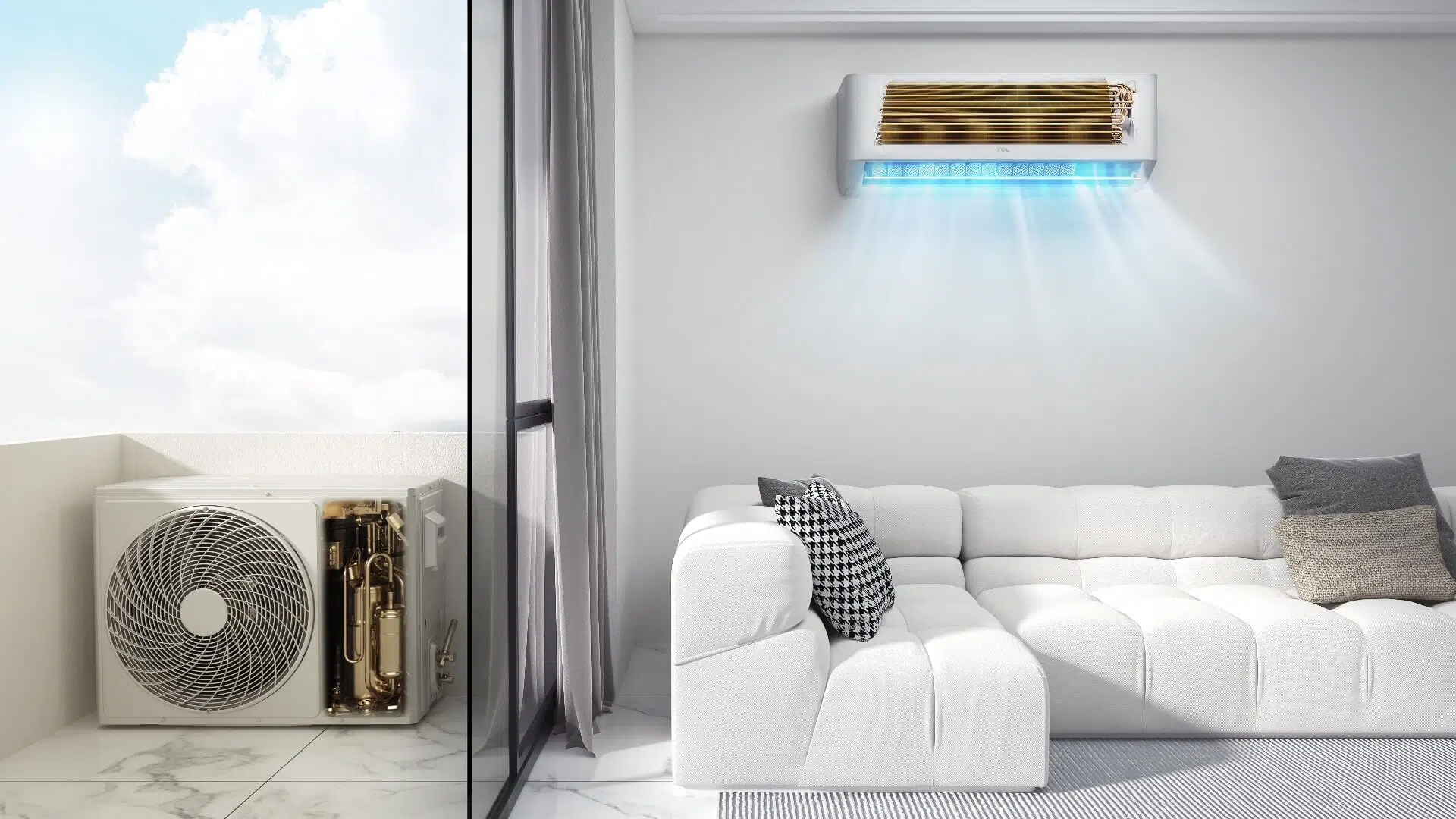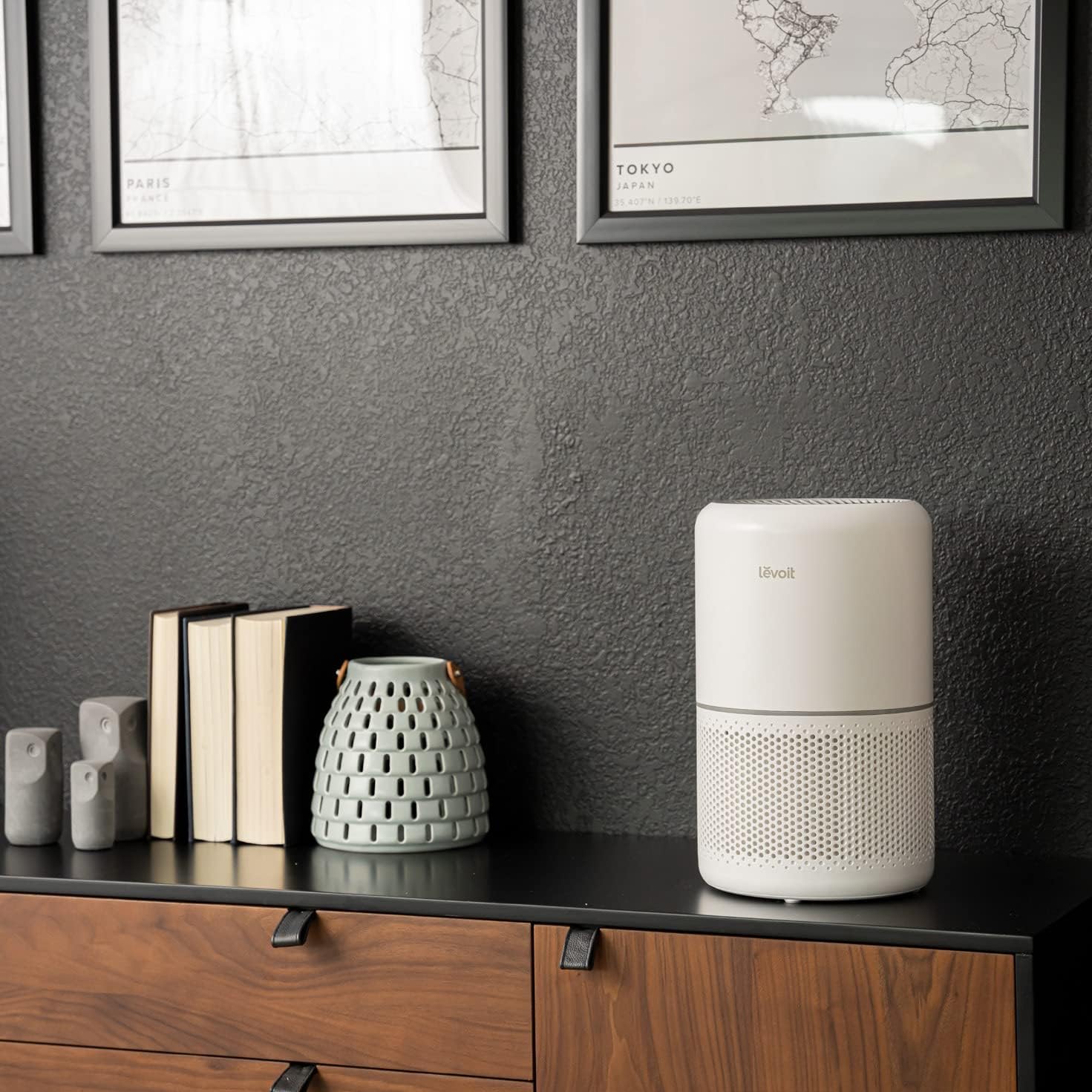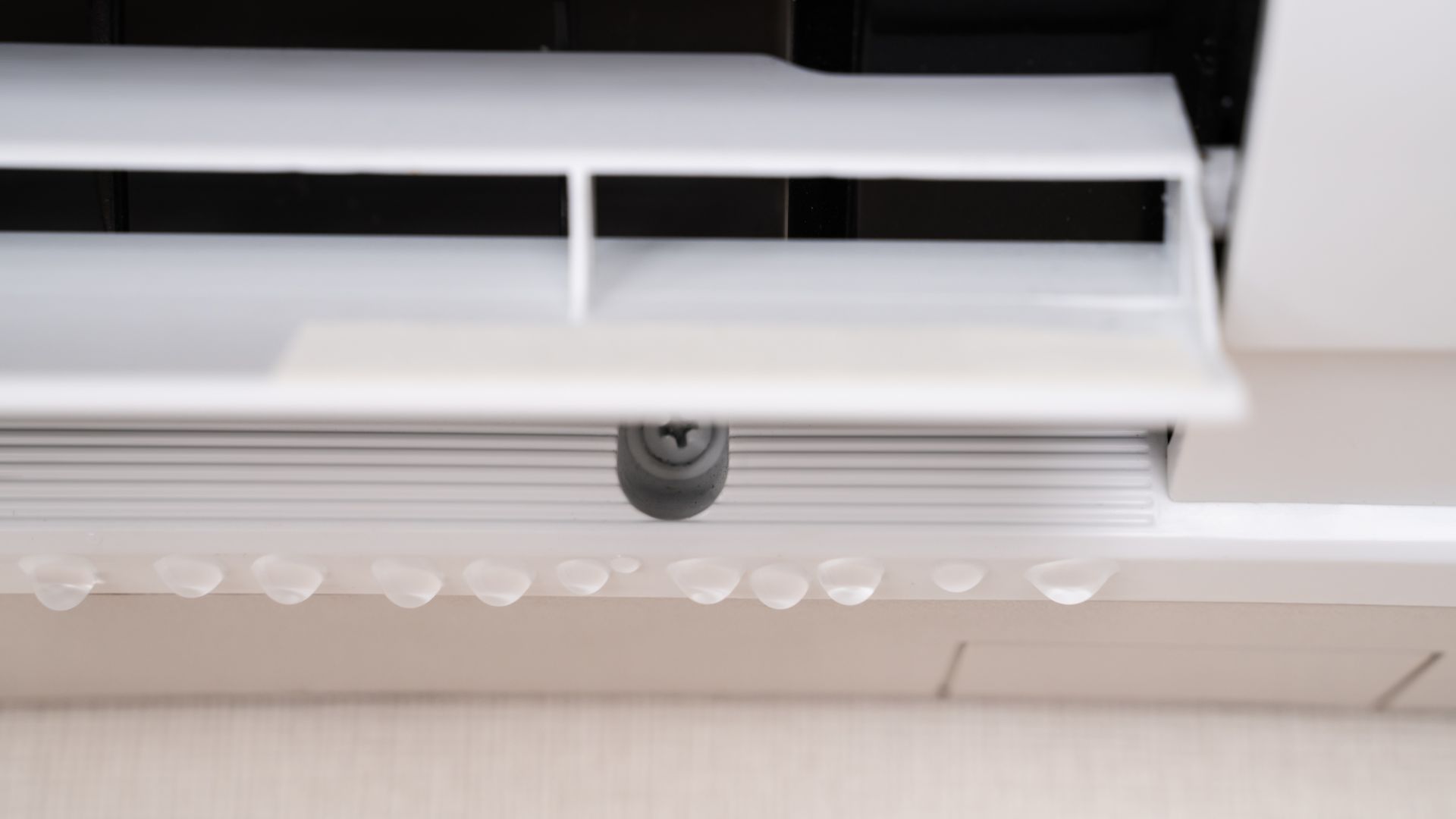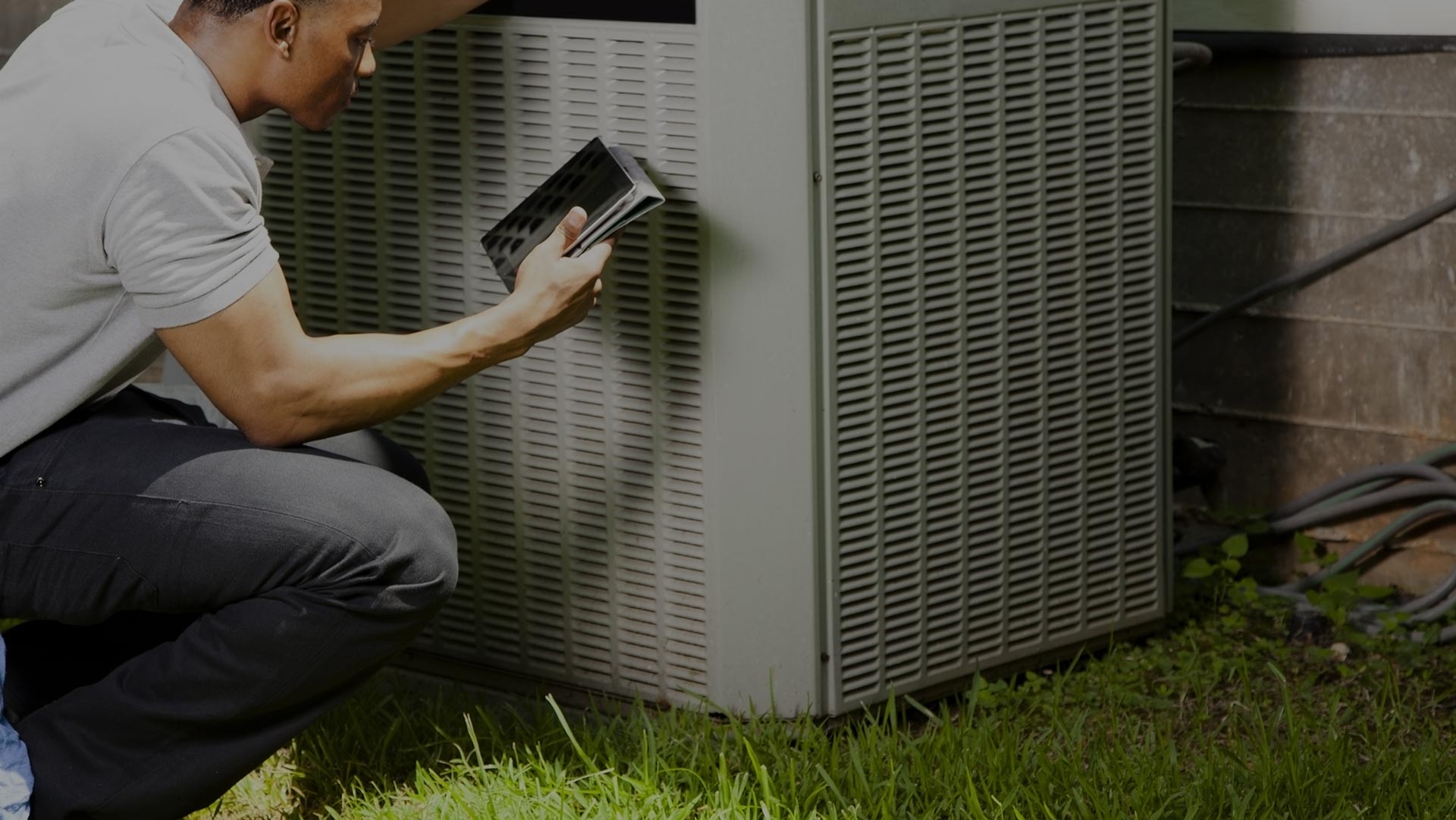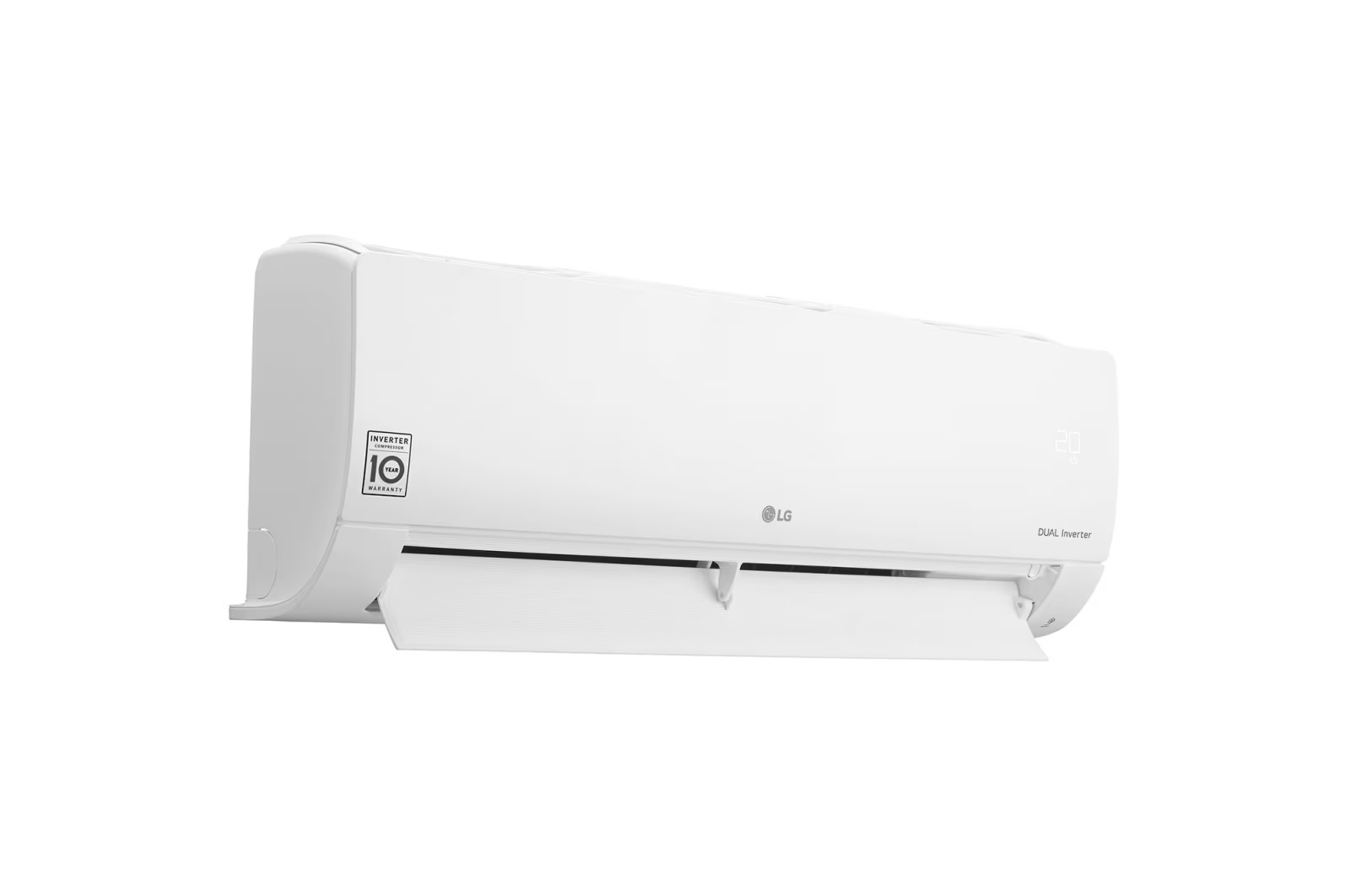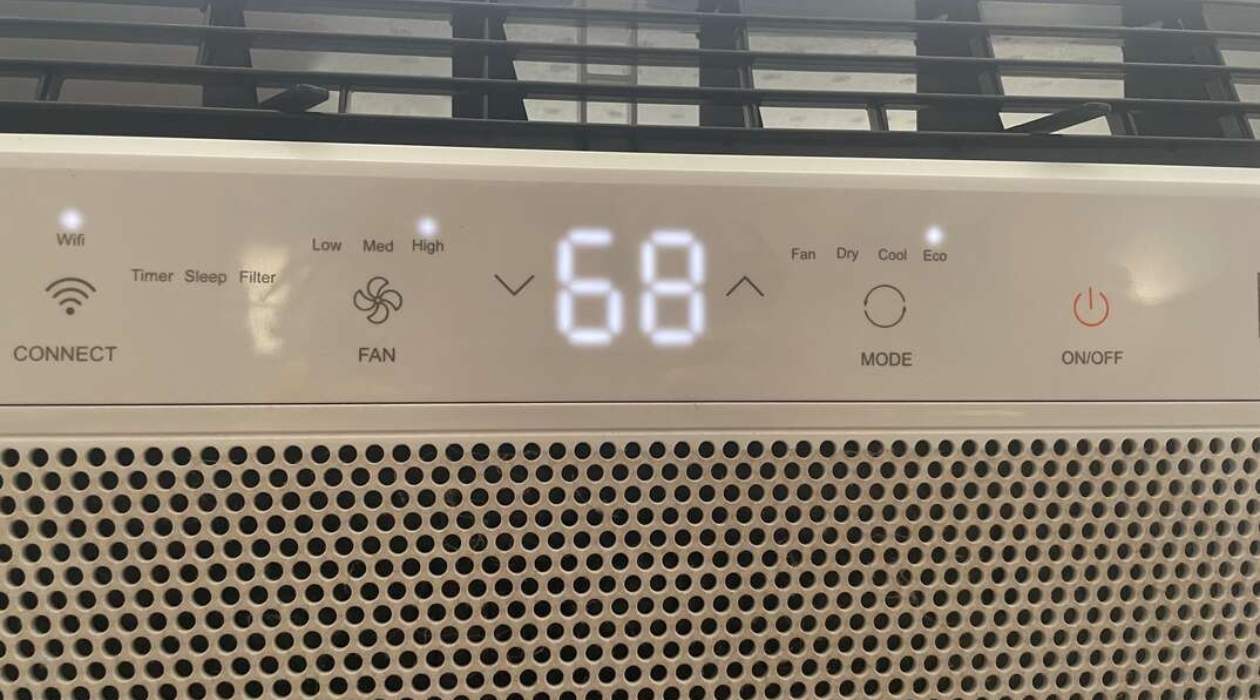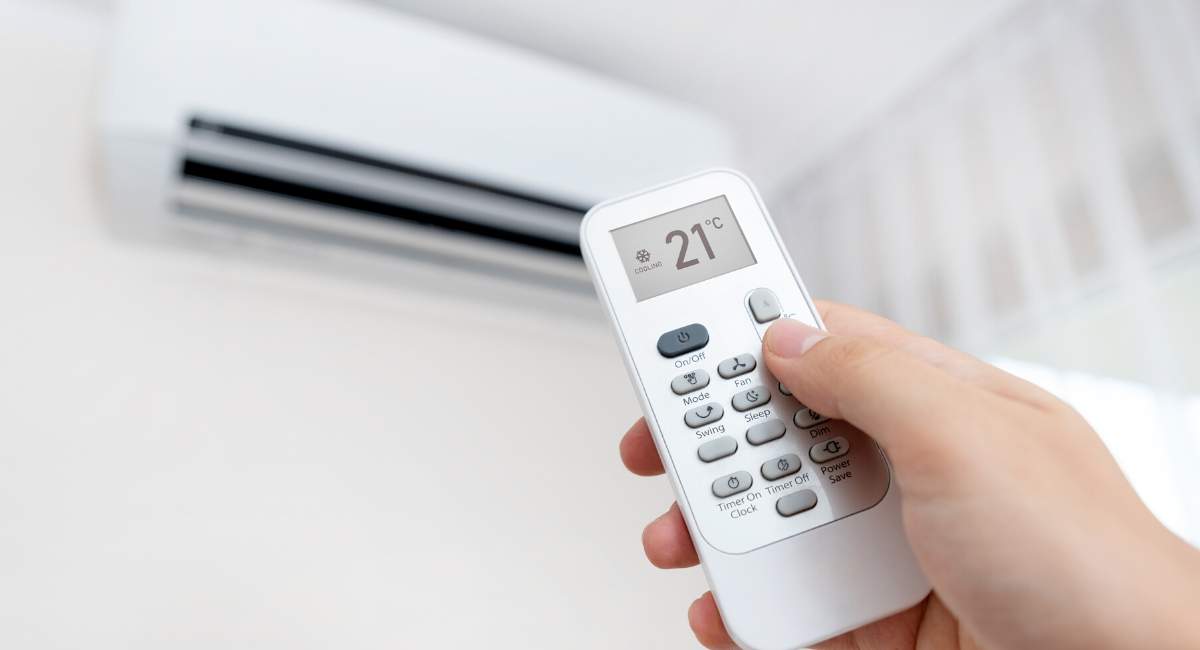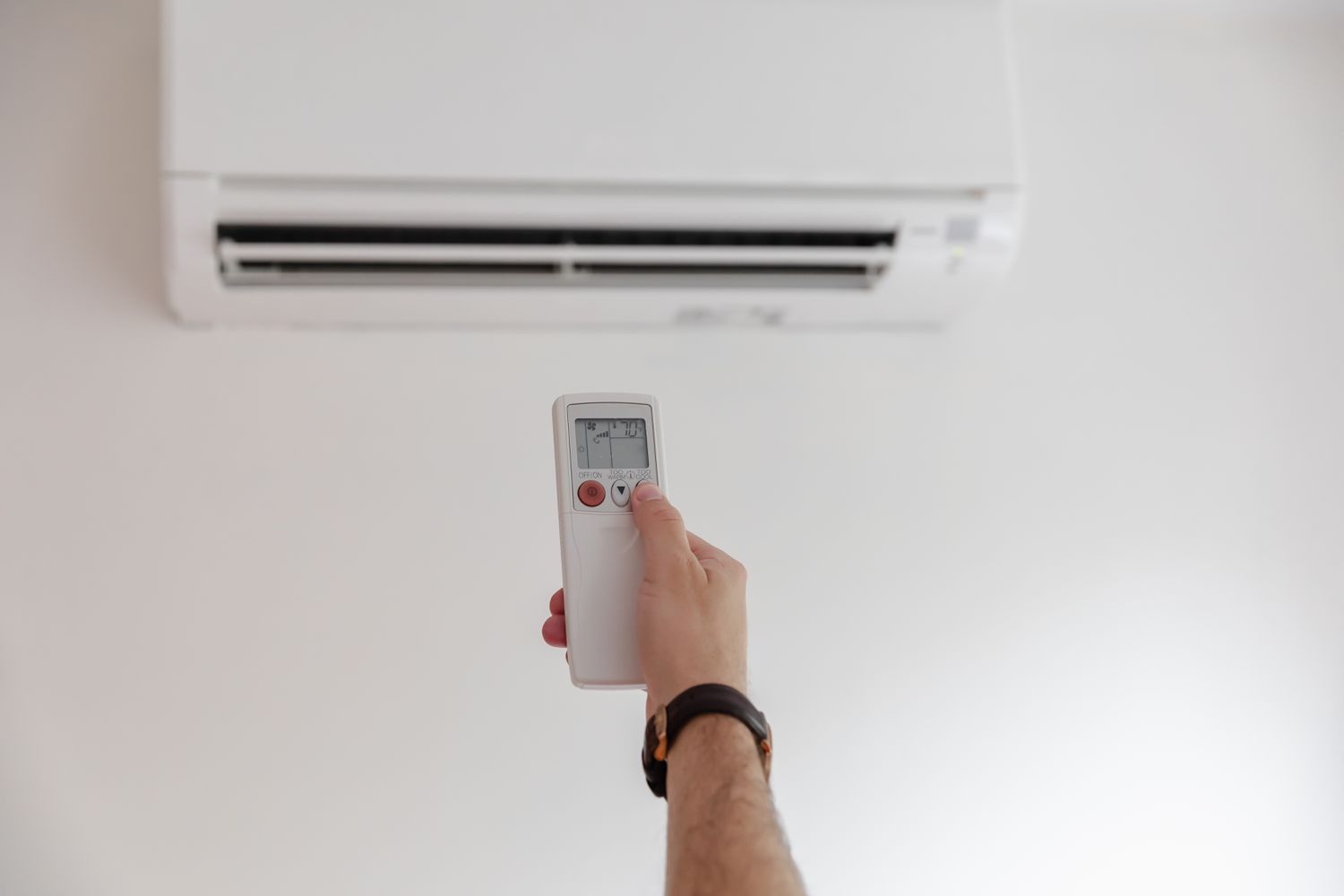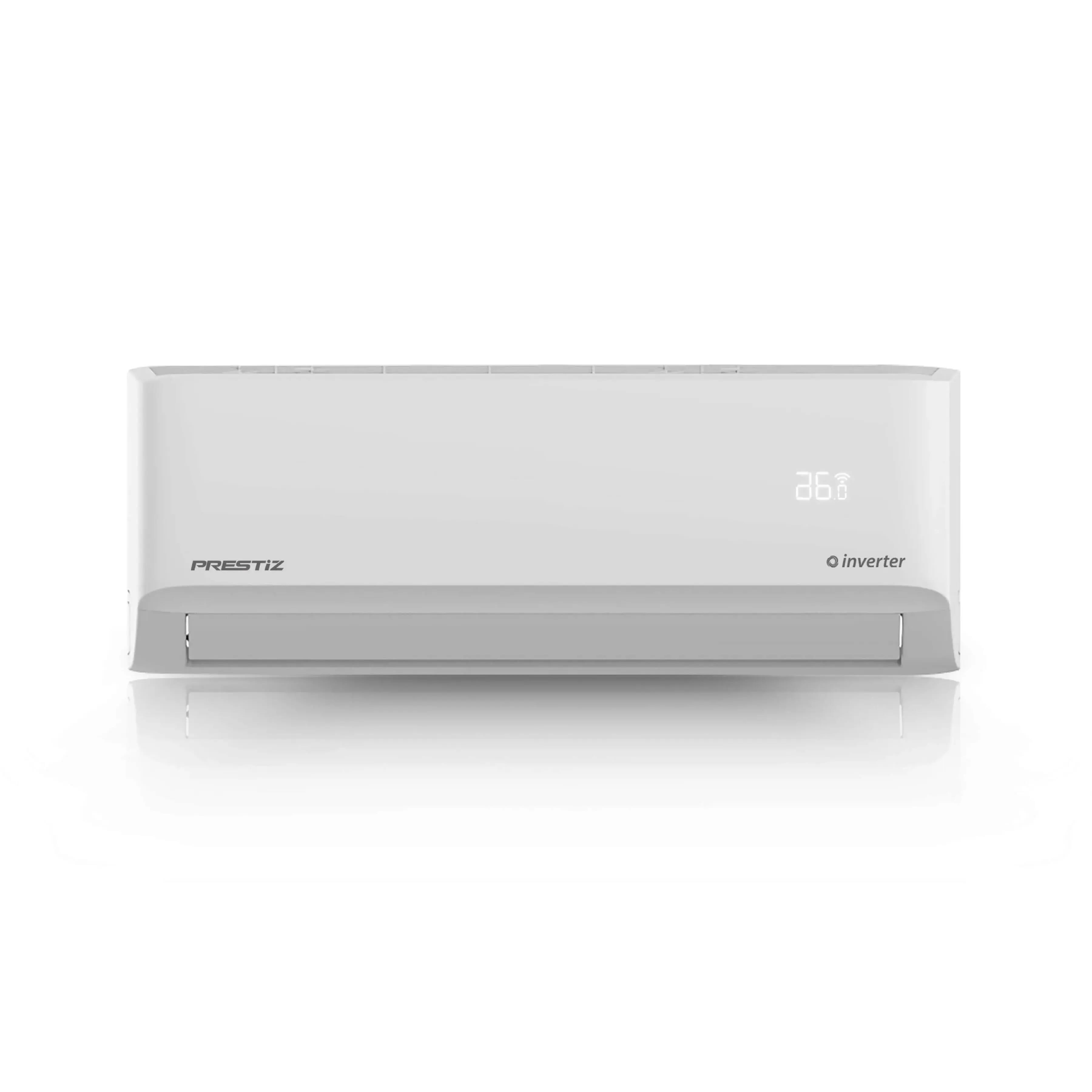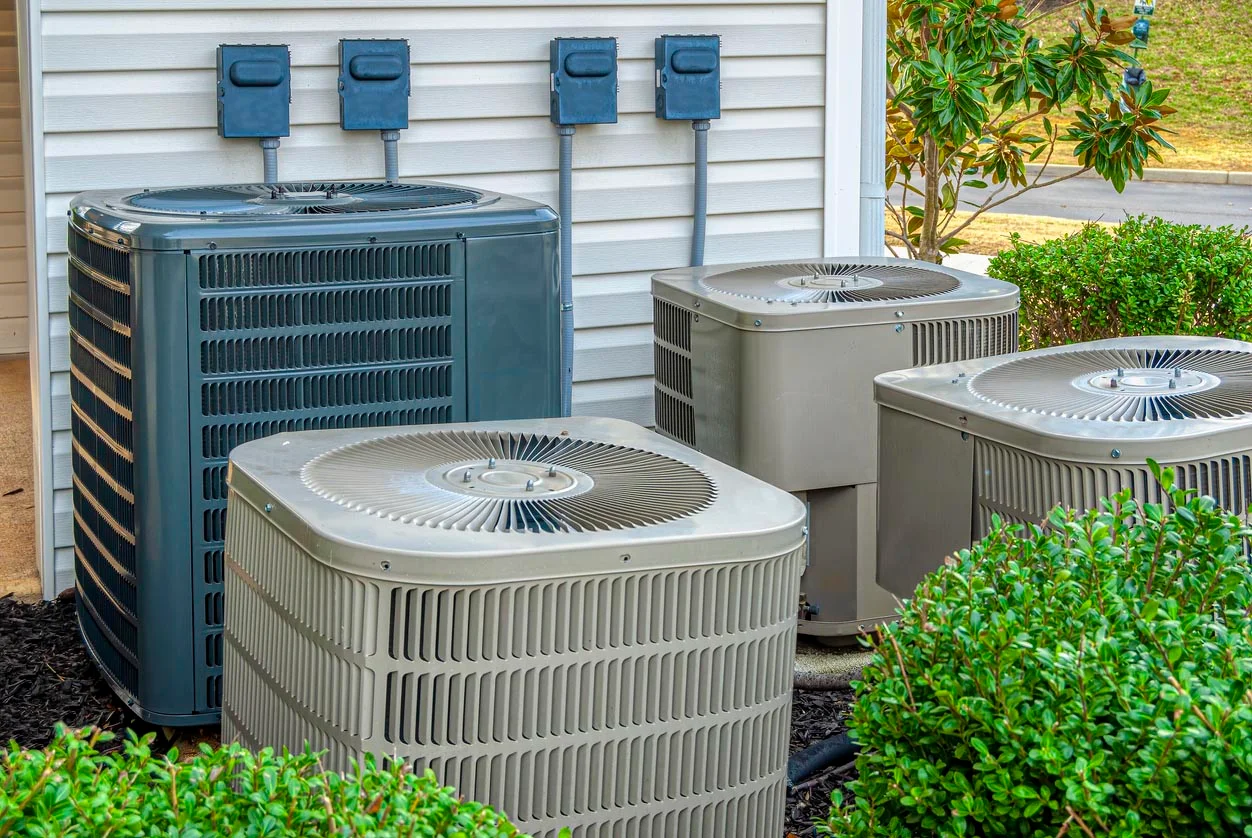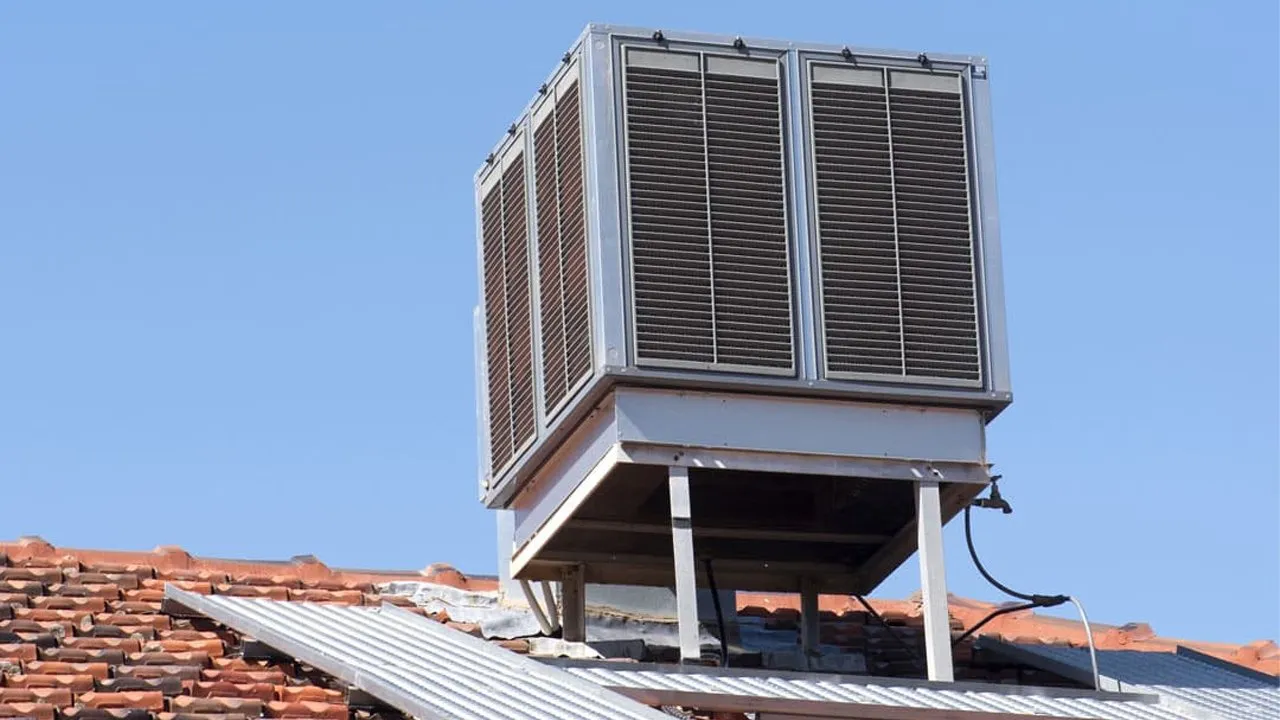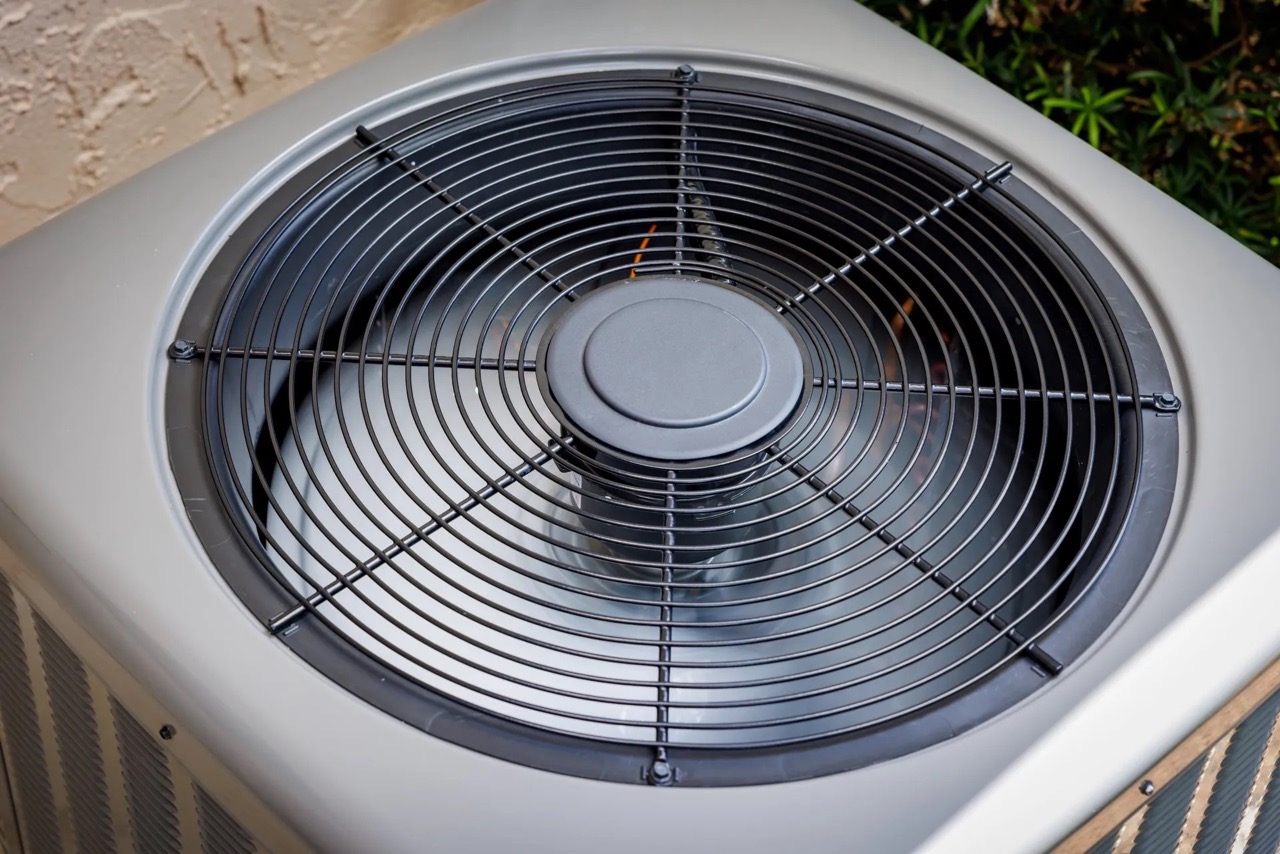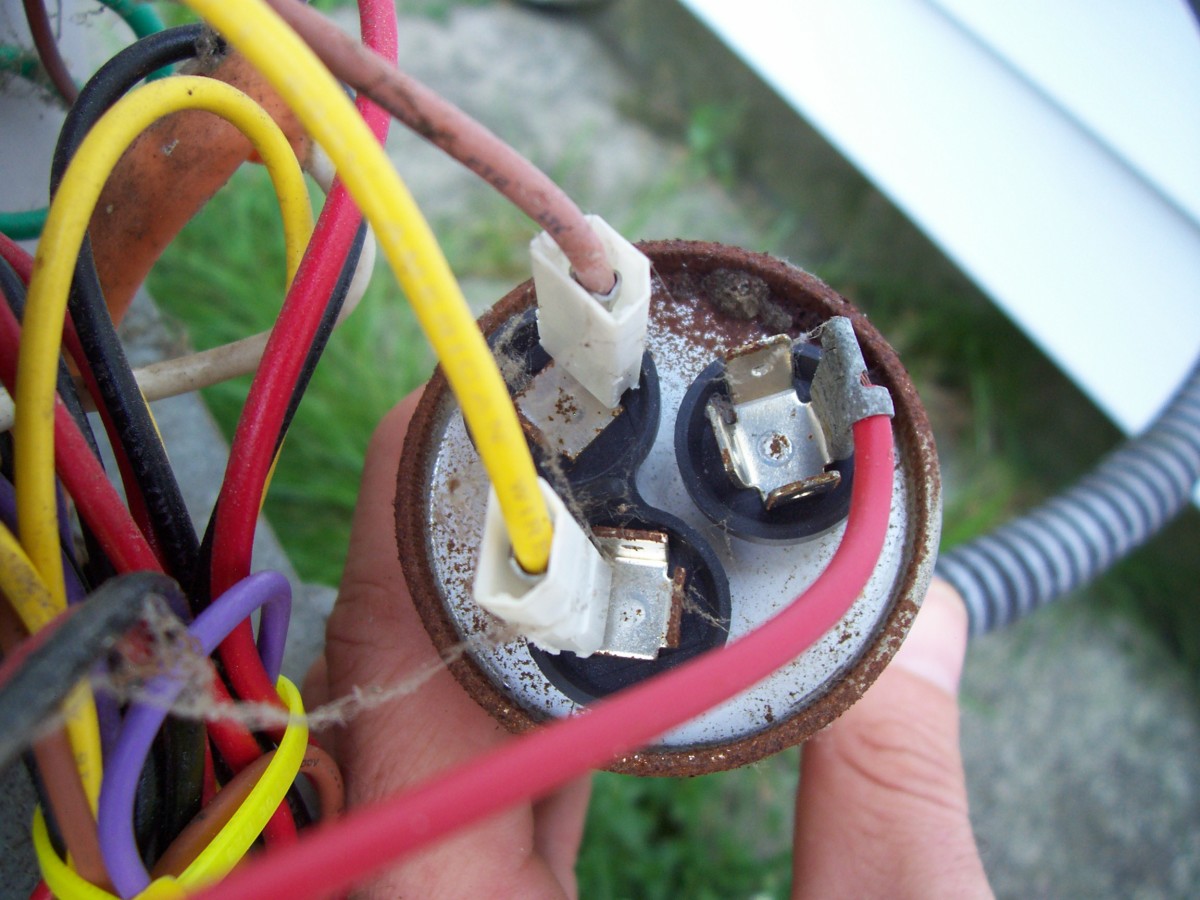Home>Home Maintenance>What Does Energy Saver Do On An Air Conditioner
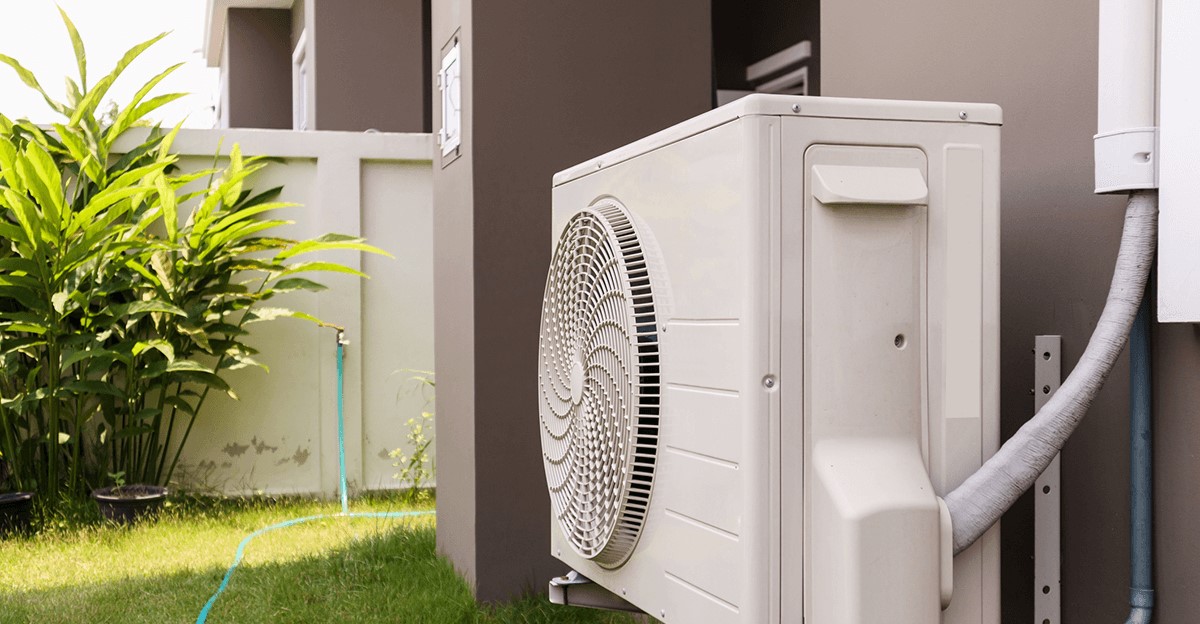

Home Maintenance
What Does Energy Saver Do On An Air Conditioner
Modified: March 7, 2024
Energy Saver feature on your air conditioner saves energy and reduces home maintenance costs by optimizing cooling operation.
(Many of the links in this article redirect to a specific reviewed product. Your purchase of these products through affiliate links helps to generate commission for Storables.com, at no extra cost. Learn more)
Introduction
Welcome to the world of home maintenance! As a homeowner, one of the key aspects of maintaining a comfortable living environment is ensuring that your home’s systems are running efficiently. In particular, your air conditioner plays a crucial role in keeping your home cool and comfortable, especially during hot summer months.
When it comes to optimizing the performance of your air conditioner, you may have heard about a feature called “Energy Saver Mode.” But what exactly does this mode do, and how can it benefit you as a homeowner? In this article, we will delve into the specifics of Energy Saver Mode, its functionality, and its potential advantages and drawbacks.
Understanding Energy Saver Mode will not only help you make informed decisions about your air conditioner usage but also enable you to maximize energy efficiency, reduce electricity bills, and contribute to a more sustainable living environment. So let’s dive in and learn more about how Energy Saver Mode works!
Key Takeaways:
- Energy Saver Mode helps your air conditioner use less energy by adjusting fan speed and compressor operation, saving you money and reducing your environmental impact.
- To make the most of Energy Saver Mode, set an optimal temperature, use programmable thermostats, seal air leaks, and consider zoning systems for maximum energy efficiency and comfort.
Read more: What Does An Air Conditioner Do?
Understanding Energy Saver Mode
Energy Saver Mode is a specialized feature found in many modern air conditioners. Its main purpose is to optimize the operation of the unit to reduce energy consumption while maintaining a comfortable indoor climate. When this mode is activated, the air conditioner adjusts its settings to operate more efficiently and save energy.
While the specific functionality of Energy Saver Mode may vary depending on the model and brand of your air conditioner, the general principle remains the same. The mode typically works by adjusting the fan speed, temperature, and compressor operation to strike a balance between cooling performance and energy consumption.
It is important to note that Energy Saver Mode is different from the regular cooling mode of your air conditioner. In the cooling mode, the unit continuously operates to maintain the pre-set temperature, regardless of the fluctuations in the room’s temperature. In contrast, Energy Saver Mode takes into account the room’s temperature and adjusts the cooling cycle accordingly to save energy.
One key feature of Energy Saver Mode is the auto fan function. In this mode, the fan will automatically adjust its speed based on the temperature of the room. If the room is already cool, the fan speed will decrease to conserve energy. On the other hand, if the room temperature rises, the fan speed will increase to provide more cooling.
Energy Saver Mode also utilizes the compressor in a more efficient manner. Instead of running continuously, the compressor will cycle on and off based on the cooling needs of the room. This cycling helps reduce energy consumption and prevents the unit from overworking, leading to increased longevity and reduced maintenance costs.
Now that we have a basic understanding of Energy Saver Mode, let’s explore how exactly this mode works and the benefits it can bring to your home and wallet.
How Does Energy Saver Mode Work?
Energy Saver Mode operates on the principle of intelligent temperature control. When activated, the air conditioner’s thermostat continuously monitors the room temperature and adjusts the cooling cycle to maintain a comfortable environment while minimizing energy usage.
Here’s a breakdown of how Energy Saver Mode typically works:
- Monitoring Temperature: The thermostat constantly checks the ambient temperature of the room.
- Starting the Cooling Cycle: When the room temperature exceeds the desired set point, the air conditioner kicks in and starts the cooling cycle.
- Cooling the Room: The air conditioner’s compressor is activated, and cold refrigerant is circulated through the evaporator coil. As warm air from the room passes over the coil, it is cooled and then recirculated back into the room.
- Monitoring the Desired Temperature: As the air conditioner cools the room, it keeps track of the temperature and adjusts the settings accordingly.
- Reducing Fan Speed: If the room temperature reaches the desired set point, the fan speed is reduced to conserve energy. The slower fan speed helps maintain the cool temperature without using excessive power.
- Monitoring Room Temperature: The air conditioner continues to monitor the room temperature. If the temperature rises again, indicating a need for further cooling, the compressor restarts, and the fan speed increases as necessary.
- Cycling On and Off: As the room temperature fluctuates, the air conditioner cycles on and off, alternating between cooling and standby mode to maintain the desired temperature range efficiently.
This intelligent temperature control system ensures that the air conditioner operates as efficiently as possible. By adjusting the fan speed and compressor operation based on the room’s cooling needs, Energy Saver Mode helps reduce energy consumption while keeping your home consistently comfortable.
Now that we understand the inner workings of Energy Saver Mode, let’s explore the benefits it can provide to homeowners and the potential drawbacks to be aware of.
Benefits of Using Energy Saver Mode
Energy Saver Mode offers several advantages for homeowners who want to optimize energy efficiency and decrease their electricity bills:
- Energy Savings: The primary benefit of Energy Saver Mode is its ability to reduce energy consumption. By adjusting the fan speed and compressor operation based on the room’s cooling needs, the air conditioner operates more efficiently, resulting in lower energy usage and cost savings.
- Lower Electricity Bills: With reduced energy consumption comes lower electricity bills. Energy Saver Mode can help you save a significant amount on your monthly energy costs, especially during the hot summer months when air conditioners are frequently used.
- Sustainability: By conserving energy, Energy Saver Mode contributes to a more sustainable living environment. It helps reduce your carbon footprint by decreasing greenhouse gas emissions associated with electricity generation.
- Increase Unit Lifespan: Using Energy Saver Mode can potentially extend the lifespan of your air conditioner. The cycling on and off of the compressor reduces the strain on the system, preventing it from running constantly and decreasing the likelihood of breakdowns or premature wear and tear.
- Consistent Comfort: Despite its energy-saving capabilities, Energy Saver Mode still ensures a comfortable indoor environment. The mode adjusts the cooling cycle to maintain the desired temperature range while adjusting fan speed to avoid drafts or excessive cooling.
- No Need for Constant Adjustments: With Energy Saver Mode activated, you won’t need to constantly adjust the thermostat or fan speed to maintain a comfortable temperature. The mode does the work for you, optimizing energy efficiency without sacrificing comfort.
Overall, the benefits of using Energy Saver Mode are not only financial but also environmental. By reducing energy consumption, lowering electricity bills, and promoting sustainability, this feature can make a noticeable difference in your home and the world around you.
However, it’s important to be aware of the potential drawbacks of Energy Saver Mode in order to make informed decisions regarding its usage. Let’s explore some of these considerations in the next section.
When you use the energy saver mode on your air conditioner, it cycles the compressor on and off to save energy. This can help reduce your electricity bill while still keeping your home cool.
Drawbacks of Energy Saver Mode
While Energy Saver Mode offers many benefits, it’s important to consider some potential drawbacks before relying exclusively on this feature:
- Temperature Fluctuations: Energy Saver Mode operates by allowing the room temperature to fluctuate within a certain range. This means that the room temperature may vary more than it would in regular cooling mode. Some individuals may find this temperature fluctuation uncomfortable.
- Increased Humidity: The cycling on and off of the air conditioner’s compressor in Energy Saver Mode may result in increased humidity levels in the room. If you live in a humid climate or have moisture-sensitive items in your home, this may be a consideration to keep in mind. Using a dehumidifier alongside Energy Saver Mode can help mitigate this issue.
- Longer Cooling Time: Since Energy Saver Mode adjusts the fan speed and compressor operation, it may take longer for the room to reach the desired temperature compared to regular cooling mode. If you need quick cooling, such as after coming home on a hot day, you may prefer to use the regular cooling mode instead.
- Less Customization: Energy Saver Mode operates with predefined settings that cannot be fine-tuned according to individual preferences. If you prefer more control over the cooling cycle, such as specific temperature or fan speed settings, you may find the lack of customization options limiting.
- Noisy Operation: In some air conditioner models, Energy Saver Mode may result in increased noise levels due to the fluctuating fan speed and cycling of the compressor. If noise is a concern, be sure to check the noise level specifications of the unit you are considering or consult with a professional technician.
While these drawbacks are worth considering, it’s important to note that Energy Saver Mode can still be a beneficial feature for many homeowners, especially when used correctly and in conjunction with other cooling strategies. With a balanced understanding of both the benefits and potential drawbacks, you can make an informed decision about whether to utilize Energy Saver Mode in your home.
Now that we have explored both the benefits and shortcomings of Energy Saver Mode, let’s move on to some useful tips for using this feature effectively in order to maximize its advantages.
Read more: What Does Insulation Do
Tips for Using Energy Saver Mode Effectively
Now that you’re familiar with the benefits and drawbacks of Energy Saver Mode, here are some tips to help you make the most of this feature:
- Set an Optimal Temperature: Find a temperature setting that balances comfort and energy savings. Consider setting the thermostat slightly higher than usual and using fans or natural ventilation to supplement the cooling effect.
- Use Programmable Thermostats: If your air conditioner is equipped with a programmable thermostat, take advantage of it. Program the thermostat to automatically activate Energy Saver Mode during times when you’re away from home or during the cooler parts of the day.
- Seal Air Leaks: Ensure that your home is properly sealed to prevent air leakage. Inspect windows, doors, and any cracks or gaps in walls or flooring. Proper insulation and weatherstripping will help maintain a consistent indoor temperature and reduce the workload on your air conditioner.
- Keep Heat-Producing Appliances Away: Avoid placing heat-producing appliances near the thermostat as they can cause false temperature readings, leading to unnecessary cooling cycles.
- Maintain Regular HVAC Maintenance: Schedule regular maintenance for your air conditioner to keep it running efficiently. Clean or replace air filters as recommended, clean the condenser coils, and ensure proper airflow. A well-maintained air conditioner will function optimally and maximize energy savings.
- Supplement with Ceiling Fans: Use ceiling fans to enhance airflow and create a breeze effect in the room. This will help you feel cooler and allow you to set the thermostat at a higher temperature without sacrificing comfort.
- Consider Zoning Systems: If your home has multiple zones or rooms that are not frequently occupied, consider implementing a zoning system. This will allow you to control the cooling independently in different areas, optimizing energy usage.
- Combine with Other Cooling Strategies: Energy Saver Mode is most effective when used in conjunction with other cooling strategies. Make sure to utilize natural ventilation, shading from sunlight, and insulation techniques to maximize the efficiency of your cooling system.
By implementing these tips, you can enhance the effectiveness of Energy Saver Mode and achieve optimal energy savings and comfort in your home.
Now that you’re armed with knowledge on how to use Energy Saver Mode effectively, let’s conclude our article.
Conclusion
Congratulations! You’ve gained a comprehensive understanding of Energy Saver Mode and its impact on your air conditioning system. By utilizing this feature effectively, you can significantly reduce energy consumption, lower your electricity bills, and contribute to a more sustainable living environment.
Energy Saver Mode works by intelligently adjusting the fan speed, temperature, and compressor operation to optimize energy efficiency while maintaining a comfortable indoor climate. The benefits of using this mode include energy savings, lower electricity bills, increased unit lifespan, and the ability to enjoy consistent comfort without constantly adjusting settings.
However, it is important to consider the potential drawbacks of Energy Saver Mode, such as temperature fluctuations and increased humidity levels. By being aware of these drawbacks and implementing additional strategies like proper insulation, regular maintenance, and utilizing ceiling fans, you can mitigate these issues and maximize the benefits.
Remember to set an optimal temperature, use programmable thermostats, seal air leaks, and consider implementing zoning systems to further enhance energy efficiency. By combining Energy Saver Mode with other cooling strategies, you can achieve even greater savings and comfort in your home.
Ultimately, the decision to use Energy Saver Mode rests with you as a homeowner. Consider your personal preferences, comfort levels, and climate conditions when choosing to activate this feature. Understanding the trade-offs and using the mode strategically can help you strike the perfect balance between energy savings and comfort.
So go ahead and take advantage of Energy Saver Mode to make your air conditioning system more efficient, save on energy costs, and make a positive impact on the environment. Stay cool, comfortable, and eco-friendly!
Frequently Asked Questions about What Does Energy Saver Do On An Air Conditioner
Was this page helpful?
At Storables.com, we guarantee accurate and reliable information. Our content, validated by Expert Board Contributors, is crafted following stringent Editorial Policies. We're committed to providing you with well-researched, expert-backed insights for all your informational needs.
